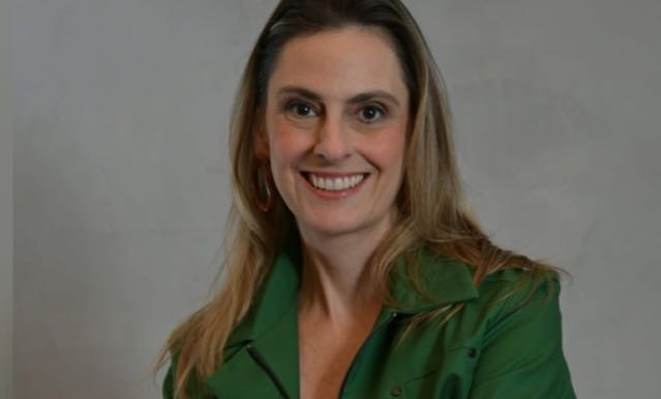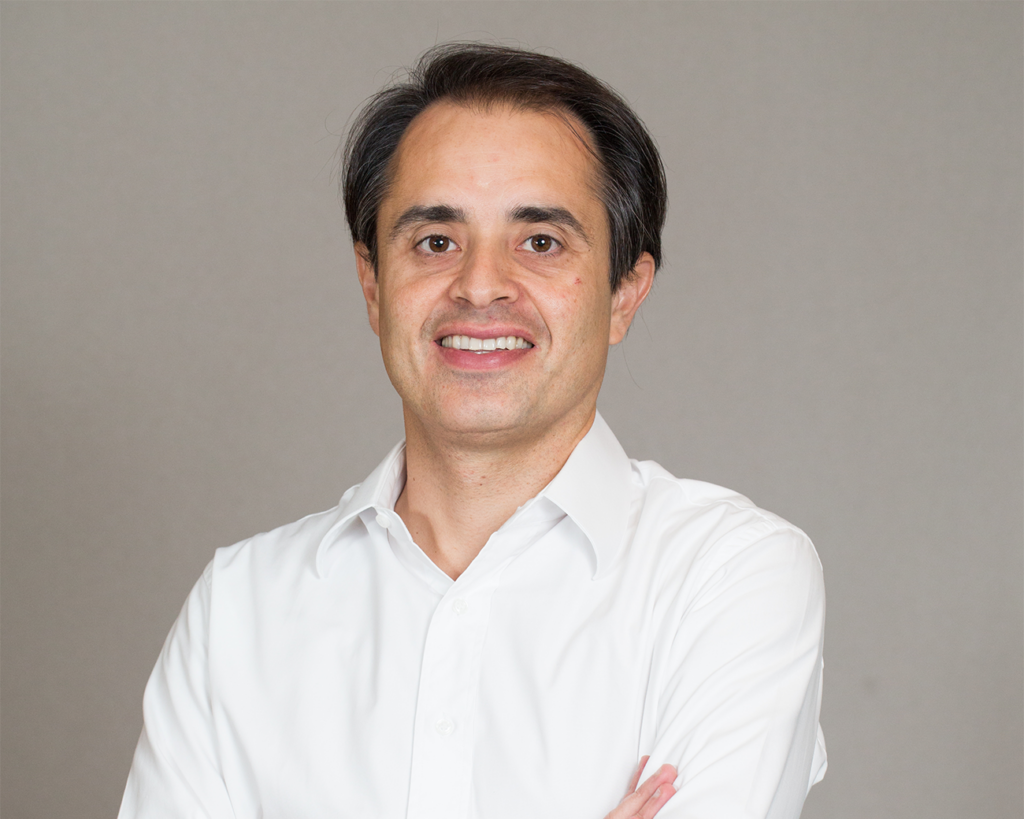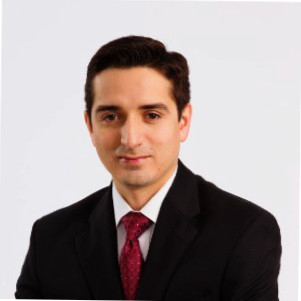Member Profiles
Roberto Velarde, Managing Director, Darby Private Equity
23 September 2014

Roberto Velarde, Managing Director, Darby Private Equity, shared insights with LAVCA on LP appetite for exposure to Latin America and what unique actions they are taking to add value to their portfolio companies.
LAVCA: Please provide some background on Darby. When was it founded? How many funds do you operate and what is the geographic focus? What is your AUM?
Velarde: Nicholas Brady, former U.S. Treasury Secretary, established Darby in 1994 as one of the first private equity firms dedicated exclusively to emerging markets. In 2003, Franklin Templeton acquired 100% ownership of Darby and we became Franklin Templeton’s private equity arm. Through organic growth and acquisition, Darby has strengthened its presence in its founding region of Latin America and expanded its investment operations to include Emerging Europe and Asia. Today Darby has 12 offices across Latin America, Asia (including India) and Emerging Europe (including Istanbul). Since inception, Darby has raised $3.6 billion in capital across 22 funds, has completed 120 investments, and has fully exited 64 investments.
LAVCA: What are the benefits of being owned by Franklin Templeton? How does this relationship affect your strategy?
Velarde: Franklin Templeton is a world leader in asset management with over $900 billion of AUM and has significant on-the-ground presence and brand name in many emerging markets. In addition, the firm has a global team of distribution and client service professionals serving clients in over 150 countries. Franklin Templeton provides significant resources to Darby in terms of IT, HR, risk management, compliance and legal support and commits substantial capital to Darby funds to ensure a strong alignment of interest with investors. Darby’s investment strategy and process; however, is entirely independent of Franklin Templeton and based on 20 years of emerging markets private equity investment experience with Darby’s investment professionals typically having spent the bulk of their professional careers working and living in countries and regions in which they are investing.
LAVCA: What is your background? When did you join Darby and what factors led you to join the firm?
Velarde: I made my first private equity investment 20 years ago in Peru, and since then have managed investments throughout the region, including in Mexico, Brazil, Colombia, Peru and Chile, on behalf of several institutional and private investment groups. I joined Darby about one year ago as the head of our Latin America private equity business to help continue growing Darby’s successful franchise in the region. I was particularly attracted to Darby as one of the pioneers in Latin America private equity investing that has tremendous institutional experience investing throughout the region and across a wide range of industries. Moreover, with the support of our parent company, Franklin Templeton, the firm has a demonstrated long-term commitment to the region, and is well positioned to benefit from the growing LP interest to invest in Latin America.
LAVCA: How does your LP base reflect investor appetite for exposure to Brazil/Latin America? What are you hearing from LP’s about their willingness to invest in Latin America versus other emerging markets?
Velarde: LP’s continue to be cautiously optimistic on Latin America as these economies benefit from positive trends in growth of the middle class and consumption and an improving landscape as governments implement reforms to improve the investment landscape. Asia attracts a significant majority of LP commitments to emerging markets, and we don’t expect a big shift in this trend; however, LP exposure to Latin America is relatively low and therefore we are seeing many investors beginning their evaluation and allocations to the region as they recognize the favorable trends developing in the region. Darby’s investor base, which includes pension funds, insurance companies, endowments & foundations, family offices and multi-lateral institutions, has expressed interest in increasing commitments in Latin America and we have received a number of inquiries from new investors seeking to invest in the region.
LAVCA: How has the investment environment changed or matured in Latin America over the past decade? What countries are most attractive in today’s economic environment and why?
Velarde: There are many examples of reforms in regulation and legal protections for investors across Latin America. For instance Mexico has improved its laws over time enhancing the enforceability of shareholder agreements for private equity investors through a new corporate structure called a SAPI. Consequently today most GPs investing in Mexico use SAPI structures. In 2005 Colombia enacted Resolution 470 creating new rules and an improved legal framework for private equity deals. While the investment rationale varies somewhat in each country, the key countries where we see the highest opportunity today include Brazil, Chile, Colombia, Mexico, Peru, Uruguay and selectively in Central America.
LAVCA: What sectors does Darby focus on? How does Darby’s experience/expertise in other regions contribute to your success in LatAm? What is your experience in the infrastructure sector in LatAm and other regions?
Velarde: Darby focuses on middle market companies with strong growth prospects in sectors likely to benefit from booming positive demographic changes in Latin America and the on-going modernization of the region’s enterprise and manufacturing sectors. Darby has made investments in sectors such as healthcare, food, manufacturing and energy not only in Latin America but also in Asia and, Emerging Europe. Sharing best practices and experiences across Darby’s global investment platform has proven to be of great value. For example Darby has invested in wind energy projects in Europe, Asia and Latin America. By sharing diligence on technology and wind turbine manufacturers across our global platform Darby has been able to make more informed risk analysis and investment decisions.
Darby has been active in infrastructure in Latin America and other regions, having invested $1.5 billion over 57 investments (23 in LatAm) with 26 exits. Darby manages investments in infrastructure for leading pension funds in Korea, Brazil and Colombia.
LAVCA: What are some of your most recent investments? What unique actions are you taking to add value to these companies from an operational standpoint? How do these deals emphasize the evolution of Darby’s strategy?
Velarde: Cobis Systems Corporation is a leading Latin American provider of financial sector software, with its core banking system running in over 70 banks in the region. The firm has seven offices and over 600 employees across 15 countries with significant operations in Ecuador, Colombia and Panama. In June 2013 Darby invested $12 million in Cobis for a significant minority ownership position; a fund LP also co-invested in the company. Darby is working closely with the management team to incorporate structural changes to comply with increasingly more complex regulatory requirements, improve efficiency and meet growing customer expectations. The company is implementing best practices in software development and service delivery. In parallel we’re working with Cobis’ CEO and controlling shareholders to strengthen governance practices and the company’s management team.
In April 2013 Darby made a $15 million equity investment in the ART Group, a leading rail technology provider in Brazil for a significant minority stake. ART offers an extensive suite of products and client roster including large railroads in South America, Africa and the US. The company has a successful track record of developing innovative solutions for its clients in Brazil and abroad. Its mission is to provide simple and cost-effective rail technology solutions that increase safety, improve operational efficiency and reduce capital expenditures. Since the investment Darby has assisted in the recruitment of a new COO, brought in an outside consultant to expand sales in Australia and has identified and initiated discussions with acquisition targets in the US to expand ART’s client base into the US.
Cobis and ART are examples of Darby’s strategy of providing growth capital and strategic guidance to successful middle market companies.
LAVCA: What is the strategy for exiting your investments? Who are potential buyers? Have you seen any significant trends in exits for the region?
Velarde: With Darby’s focus on the middle market segment, as both a control and influential minority investor, the majority of our exits come via trade sales to strategic or financial investors and structured repurchases by the company or other shareholders. For example in a Latin American pharma company Darby brought in a new professional management team to redesign the company’s commercial strategy, which accelerated the company’s growth and led to an exit through a sale to a multinational pharmaceutical company. One interesting trend to note is the growing interest by large cap PE firms in portfolio companies of middle market firms, as these larger firms have found it challenging to find attractive investment opportunities.
LAVCA: Tell us about your recent exit of Brazilian renewable energy firm, Bioenergy Geradora de Energia.
Velarde: Bioenergy Geradora de Energia is one of the largest wind power producers in Brazil. Darby invested in Bioenergy in September 2011 to fund wind parks that are part of Bioenergy’s portfolio of 1,500 MW of renewable energy. The exit was related to an investment by a local strategic investor in the Bioenergy wind parks.
LAVCA: Darby has been a long-time supporter of LAVCA and President and CEO Richard Frank was one of the organization’s original chairmen. Why do you value LAVCA membership today?
Velarde: LAVCA is the principal organization supporting the development and growth of the Private Equity and Venture Capital industry in Latin America. Over the years, LAVCA has provided us with a wide range of services including industry research and data, investor surveys and its newsletter, among others. We have also appreciated the webinar sessions. LAVCA also does a great job organizing industry conferences and events that bring together LPs, GPs and service providers from the industry, and the conference topics are typically quite timely and relevant to the issues affecting our business. My colleagues and I are pleased to have been long-term supporters of LAVCA, and we appreciate the work that the organization does for our industry.
You may be interested in...
-

Luciana Antonini Ribeiro, eB Capital
Executive: Luciana Antonini Ribeiro, Co-Founder and CIO Member Name: eB Capital Year...
-

Cristiano Gioia Lauretti, Kinea Private Equity
Member: Kinea Executive: Cristiano Gioia Lauretti, Head of Private Equity HQ: São...
-

Maria Pia Iannariello, MGM Innova Capital
LAVCA recently spoke with Maria Pia Iannariello, Co-Founder & COO of MGM Innova Capital,...
-

Rafael Ramirez, Portfolio Manager, Alaska Permanent Fund Corporation
LAVCA recently spoke with Rafael Ramirez, Portfolio Manager– Private Equity &...
